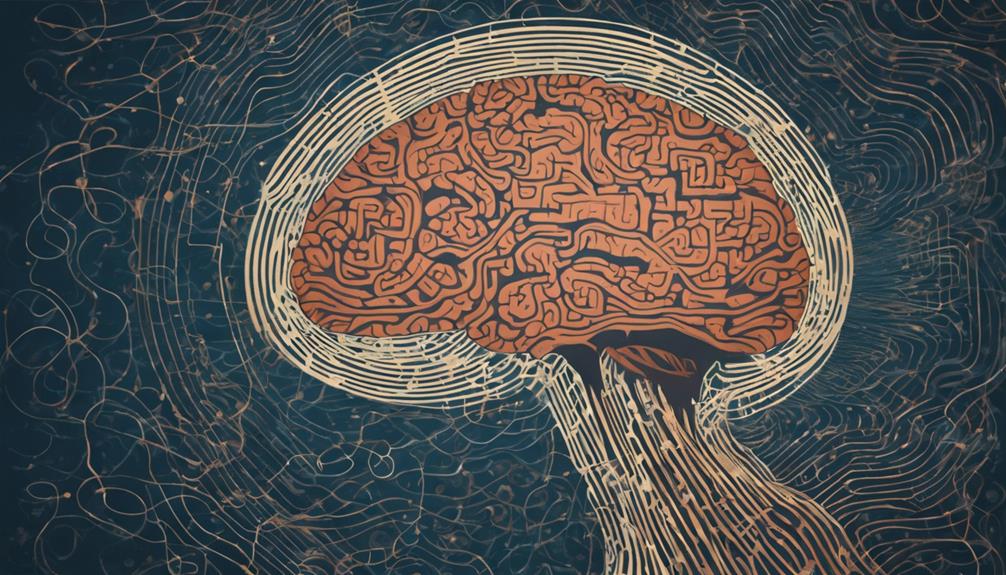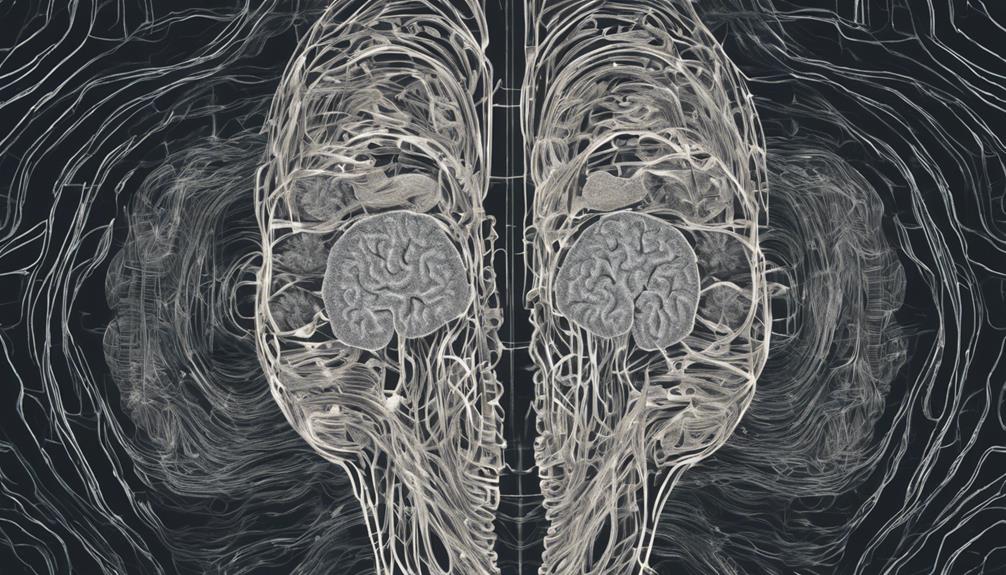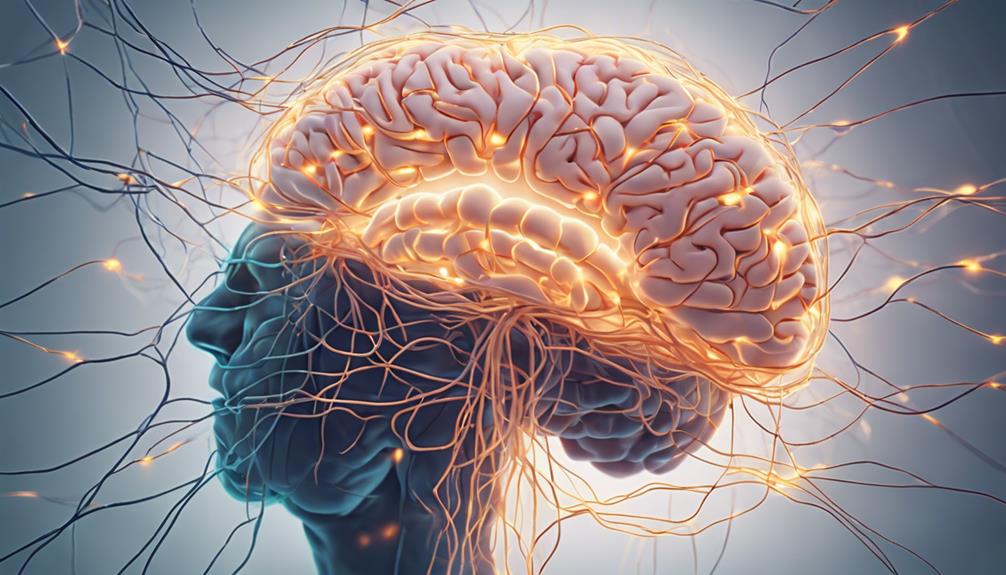Unlock your self-confidence with health hypnosis, utilizing suggestions to rewire your mindset positively. By tapping into your subconscious, this technique empowers you to overcome self-doubt and cultivate resilience. Start by embracing positive affirmations that reshape your self-worth and challenge limiting beliefs. Visualize success to boost your confidence and set goals for personal growth. Hypnotherapy aids in reframing negative self-talk and nurturing self-compassion along your journey. Experience inner peace through mindfulness practices and deep breathing. Explore the transformative benefits of health hypnosis for your mental and emotional well-being.
Understanding Health Hypnosis

Health hypnosis is a therapeutic technique that utilizes the power of suggestion and relaxation to help individuals improve their physical well-being and mental health. Despite common misconceptions, hypnosis is a safe and effective tool that can offer a range of benefits when used correctly.
One of the key benefits of health hypnosis is its ability to tap into the subconscious mind, where deep-seated beliefs and behaviors reside. By accessing this part of the mind, individuals can work towards changing negative thought patterns and habits that may be impacting their health. Techniques such as guided imagery, progressive muscle relaxation, and positive affirmations are commonly used in health hypnosis to promote relaxation, reduce stress, and improve overall well-being.
Health hypnosis has a wide range of applications, including managing chronic pain, reducing anxiety and depression, improving sleep quality, and enhancing self-confidence. Through regular sessions with a trained hypnotherapist, individuals can learn to harness the power of their mind to make positive changes in their health and life.
The Power of Positive Affirmations
Positive affirmations play a crucial role in reshaping our mindset and boosting self-confidence. By incorporating daily mantras into our routine, we can actively engage in mental conditioning that fosters a positive self-image and mindset. These affirmations serve as powerful tools to counteract negative self-talk and instill a sense of belief in our abilities.
When we repeat positive affirmations regularly, we reinforce neural pathways in the brain that support self-confidence and self-worth. The process of mental conditioning through affirmations helps to reprogram our subconscious mind, allowing us to overcome self-doubt and cultivate a more optimistic outlook on life.
It is essential to choose affirmations that resonate with us personally and address areas where we seek improvement. Whether focusing on specific goals, self-acceptance, or challenging negative beliefs, the consistent practice of positive affirmations can lead to profound changes in our self-perception and overall well-being.
Embracing the power of affirmations is a proactive step towards building self-confidence and achieving personal growth.
Overcoming Limiting Beliefs

When faced with limiting beliefs, individuals often find themselves hindered in reaching their full potential and experiencing personal growth. Challenging beliefs and overcoming self-doubt are crucial steps in breaking barriers to unlock one's true capabilities.
Limiting beliefs are often deeply ingrained perceptions that hold individuals back from taking risks, pursuing opportunities, or believing in their own worth.
To overcome these barriers, it's essential to recognize and acknowledge these limiting beliefs. By identifying the thoughts and beliefs that fuel self-doubt, individuals can begin to challenge their validity and replace them with empowering affirmations.
Health hypnosis can be a powerful tool in this process, helping individuals reprogram their subconscious mind to cultivate self-confidence and resilience.
As individuals work towards breaking free from limiting beliefs, they open themselves up to a world of possibilities and personal growth. By fostering a mindset of positivity and self-belief, individuals can embark on a journey towards realizing their full potential and achieving greater success in all areas of life.
Visualizing Success and Confidence
Visualizing success and confidence enables individuals to mentally rehearse achieving their goals and embodying a sense of self-assurance in various aspects of their lives. Confidence visualization involves creating a detailed mental image of oneself successfully accomplishing a desired outcome. By repeatedly visualizing these scenarios with a success mindset, individuals can enhance their belief in their capabilities and cultivate a positive self-image.
This practice can be particularly beneficial when combined with goal setting. Setting specific, achievable goals provides a roadmap for where individuals want to go, while visualizing success helps in building the confidence needed to reach those goals.
When individuals can see themselves succeeding and feeling confident in their abilities, it becomes easier to overcome self-doubt and stay motivated throughout their journey.
Boosting Self-Esteem Through Hypnosis

Enhancing self-esteem through hypnosis offers individuals a powerful tool to address underlying beliefs and boost confidence levels effectively. Confidence exercises are a key component of this process, helping individuals challenge negative self-perceptions and develop a more positive self-image.
Through self-improvement techniques such as guided visualization and positive affirmations, hypnosis can assist individuals in reframing their thoughts and beliefs about themselves.
During hypnotherapy sessions focused on boosting self-esteem, individuals are guided into a state of deep relaxation where their subconscious mind becomes more receptive to positive suggestions. This allows for the exploration and transformation of limiting beliefs that may be holding back self-esteem and confidence levels.
By replacing negative self-talk with empowering affirmations and visualizations, individuals can gradually reprogram their subconscious mind to support a healthier self-esteem.
Incorporating hypnosis into a self-esteem building routine can be a powerful complement to traditional therapy or personal development work, providing a unique approach to enhancing self-confidence from within.
Developing a Growth Mindset
One essential aspect of self-improvement is cultivating a growth mindset. This mindset enables individuals to embrace challenges, persist in the face of setbacks, and see effort as a path to mastery.
Embracing challenges is a crucial component of this mindset as it allows individuals to view obstacles as opportunities for growth rather than threats. By approaching challenges with a positive outlook, individuals can develop resilience and adaptability in the face of difficulties.
Cultivating optimism is another key element of a growth mindset. Optimism helps individuals maintain a positive attitude even when faced with setbacks or failures. By focusing on the belief that they can improve and overcome obstacles through effort and perseverance, individuals with a growth mindset are more likely to achieve their goals.
Building Resilience With Hypnotherapy

Developing resilience through hypnotherapy offers individuals a powerful tool to overcome adversity and build inner strength. Hypnotherapy can be instrumental in stress management, promoting emotional well-being, and fostering personal growth. By accessing the subconscious mind, hypnotherapy helps individuals identify and reframe limiting beliefs, allowing them to navigate challenges with greater ease and confidence.
One key aspect of building resilience through hypnotherapy is goal setting. Setting clear, achievable goals can provide a sense of direction and purpose, empowering individuals to overcome obstacles and setbacks. Through hypnotherapy, individuals can enhance their goal-setting skills by visualizing success, reinforcing positive habits, and cultivating a growth mindset.
Moreover, hypnotherapy can aid in personal growth by facilitating self-discovery and self-awareness. By delving into the subconscious, individuals can uncover hidden strengths, address past traumas, and develop a deeper understanding of themselves. This process not only enhances resilience but also promotes overall well-being and inner fulfillment.
Practicing Self-Compassion and Acceptance
Exploring the practice of self-compassion and acceptance can further deepen the journey of personal growth and resilience facilitated by hypnotherapy. Self-compassion involves treating oneself with kindness and understanding, especially in times of struggle or failure. It is essential to recognize that everyone faces challenges, and it is okay not to be perfect.
By incorporating self-care practices into daily routines, individuals can nurture their mental and emotional well-being. Engaging in mindfulness techniques, such as meditation or deep breathing exercises, can help cultivate self-compassion by bringing attention to the present moment without judgment.
Acceptance is another crucial aspect of self-compassion, acknowledging one's thoughts and feelings without trying to change or suppress them. This practice allows individuals to embrace their experiences fully, fostering a sense of inner peace and contentment.
Through hypnotherapy, individuals can learn to reframe negative self-talk and cultivate a more positive self-image, further enhancing their journey towards self-compassion and acceptance.
Frequently Asked Questions
Can Health Hypnosis Help With Physical Pain Relief?
Health hypnosis can aid in physical pain relief by targeting emotional healing, which can alleviate symptoms of chronic conditions. Through guided sessions, individuals may experience reduced pain perception and improved overall well-being.
How Long Does It Take to See Results From Hypnosis?
Managing expectations is crucial when considering hypnosis. Results vary based on individual circumstances. Some notice changes after a few sessions, while others may take longer. Success stories exist, but the timeframe for changes differs for each person.
Is Hypnosis Suitable for Children and Teenagers?
Hypnosis can be suitable for children and teenagers with parental consent. Consider developmental factors for appropriateness. When guided by a trained professional, hypnosis can help young individuals address various issues and improve their well-being.
Can Hypnosis Be Done Remotely or Online?
Virtual sessions provide a convenient and effective way to conduct hypnosis remotely. Research suggests that remote hypnosis can be as successful as in-person sessions, offering individuals the opportunity to experience positive change from the comfort of their own space.
Are There Any Risks or Side Effects Associated With Hypnosis?
Potential dangers of hypnosis include false memories, heightened suggestibility, and emotional distress. Negative outcomes could arise if the hypnotherapist lacks proper training or if the individual has underlying mental health conditions. It's crucial to seek qualified professionals for safe practice.
Conclusion
In conclusion, utilizing health hypnosis can be a powerful tool in building self-confidence. By incorporating positive affirmations, overcoming limiting beliefs, visualizing success, and practicing self-compassion, individuals can develop a growth mindset and boost their self-esteem.
Hypnotherapy can help individuals build resilience and acceptance, ultimately leading to a more confident and empowered self. Embracing the power of hypnosis can be a transformative journey towards self-improvement and personal growth.







































